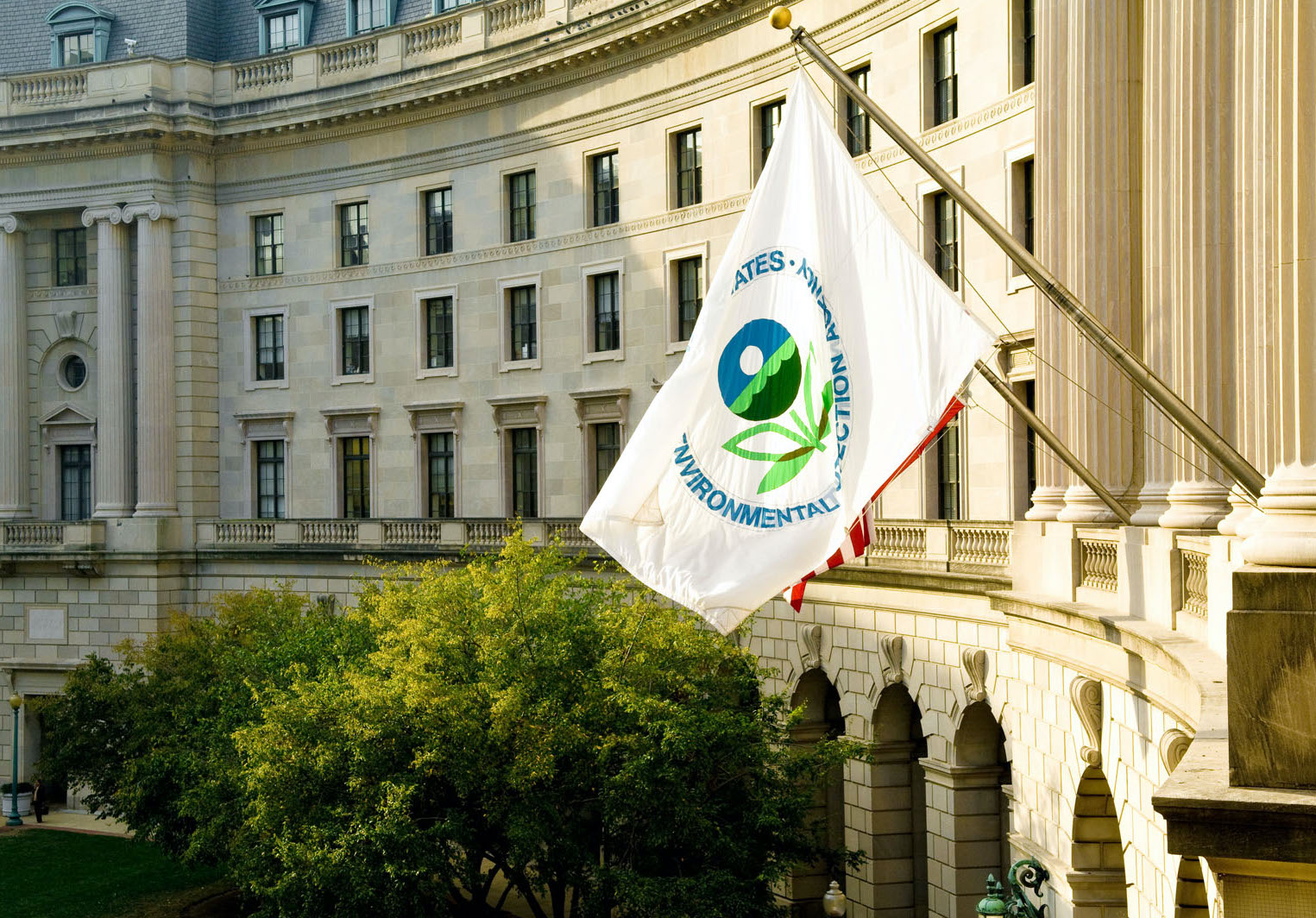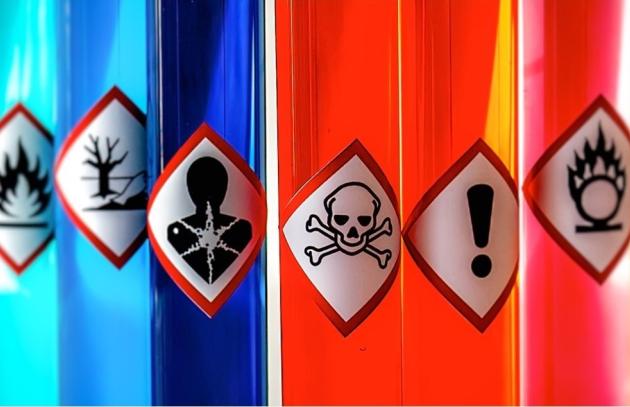Turning Science into Action
People are exposed to increasing amounts of toxic chemicals in air, food, water, personal care and cleaning products, at home and at work. The problem is so large, we cannot protect ourselves with individual actions alone - we need policy change.
That's why we share the science and best scientific methods to inform and guide policies that protect people from harmful chemicals, particularly those who are especially vulnerable such as pregnant people and children, and those who are disproportionately impacted.

How to Strengthen EPA's Mission to Protect Health
To help EPA put science and public health front and center, PRHE collaborated with top scientists and chemical policy experts from around the country to develop evidence-based recommendations to improve hazard and risk assessment, and prevent harms from chemicals and pollutants.
Major Policy Areas

Chemicals and TSCA
We analyze federal chemical policy and EPA's implementation of the updated Toxic Substances Control Act, the law that governs regulations of chemicals in commerce.

Science Integrity
PRHE developed the Navigation Guide systematic review methodology to better evaluate the quality and strength of the evidence on how hazardous chemicals impact health.

Industry Documents
From lead and tobacco to hiding the truth about fossil fuels and climate, polluters have a long history of manipulating science and public opinion to maintain their corporate interests. We help gather these documents as part of UCSF's Industry Documents Library.
Policy Strategies

Public Comments
We monitor EPA and other regulatory body actions and comment on whether they are following the best science and protecting health. Public comments are essential to holding government agencies accountable.

Legislative Briefings
PRHE planned legislative briefings to inform policymakers and staff about issues related to implementation of the Toxic Substances Control Act and science and decision making at EPA.

Science Action Network
PRHE launched the Science Action Network for Health and the Environment to bring together environmental health scientists to be a strong voice for science integrity and to prioritize health in chemical and environmental policy.
Published Papers
In the United States, one in six children are affected by neurodevelopmental disorders, and polybrominated diphenyl ethers (PBDEs) in flame-retardant chemicals are measured ubiquitously in children. We conducted a systematic a systematic review regarding developmental exposure to PBDEs and intelligence or Attention Deficit/Hyperactivity Disorder (ADHD) and attention-related behavioral conditions in humans.
We found that despite concern for the combined effects of environmental chemicals and stress, this is still an under-studied topic, though limited available human studies indicate chemical exposures exert stronger effects than stress, and this effect is generally larger in the presence of stress.
After considering strengths and limitations of the body of research, we concluded that there is “limited evidence of toxicity” for the association between early life exposure to air pollution as a whole and diagnosis of ASD. The strongest evidence was between prenatal exposure to particulate matter and ASD.
The issue of endocrine disrupting chemicals (EDCs) is receiving wide attention from both the scientific and regulatory communities. Recent analyses of the EDC literature have been criticized for failing to use transparent and objective approaches to draw conclusions about the strength of evidence linking EDC exposures to adverse health or environmental outcomes.
The Evidence-based Toxicology Collaboration hosted a workshop on “The Emergence of Systematic Review and Related Evidence-based Approaches in Toxicology,” on November 21, 2014 in Baltimore, Maryland. The workshop featured speakers from agencies and organizations applying systematic review approaches to questions in toxicology, speakers with experience in conducting systematic reviews in medicine and healthcare, and stakeholders in industry, government, academia, and non-governmental organizations.
There are reports of developmental and reproductive health effects associated with the widely used biocide triclosan. Apply the Navigation Guide systematic review methodology to answer the question: Does exposure to triclosan have adverse effects on human development or reproduction?
